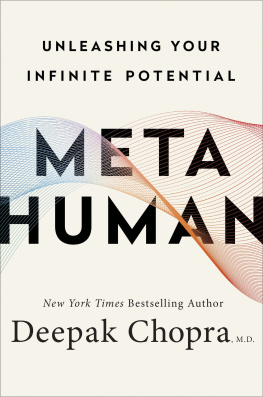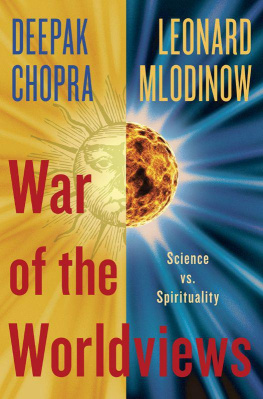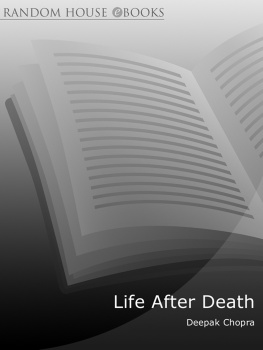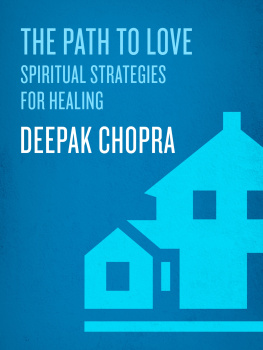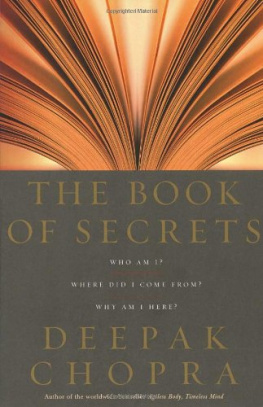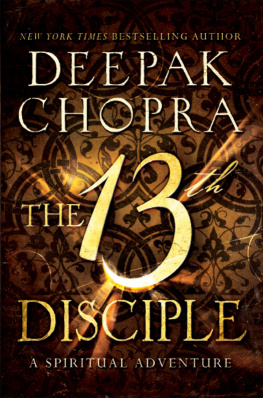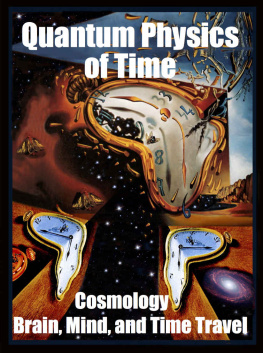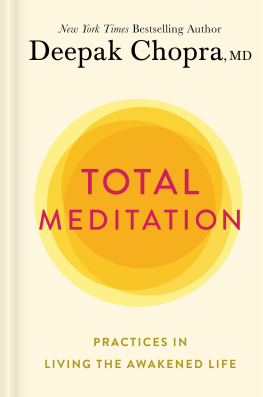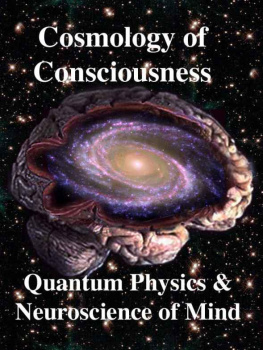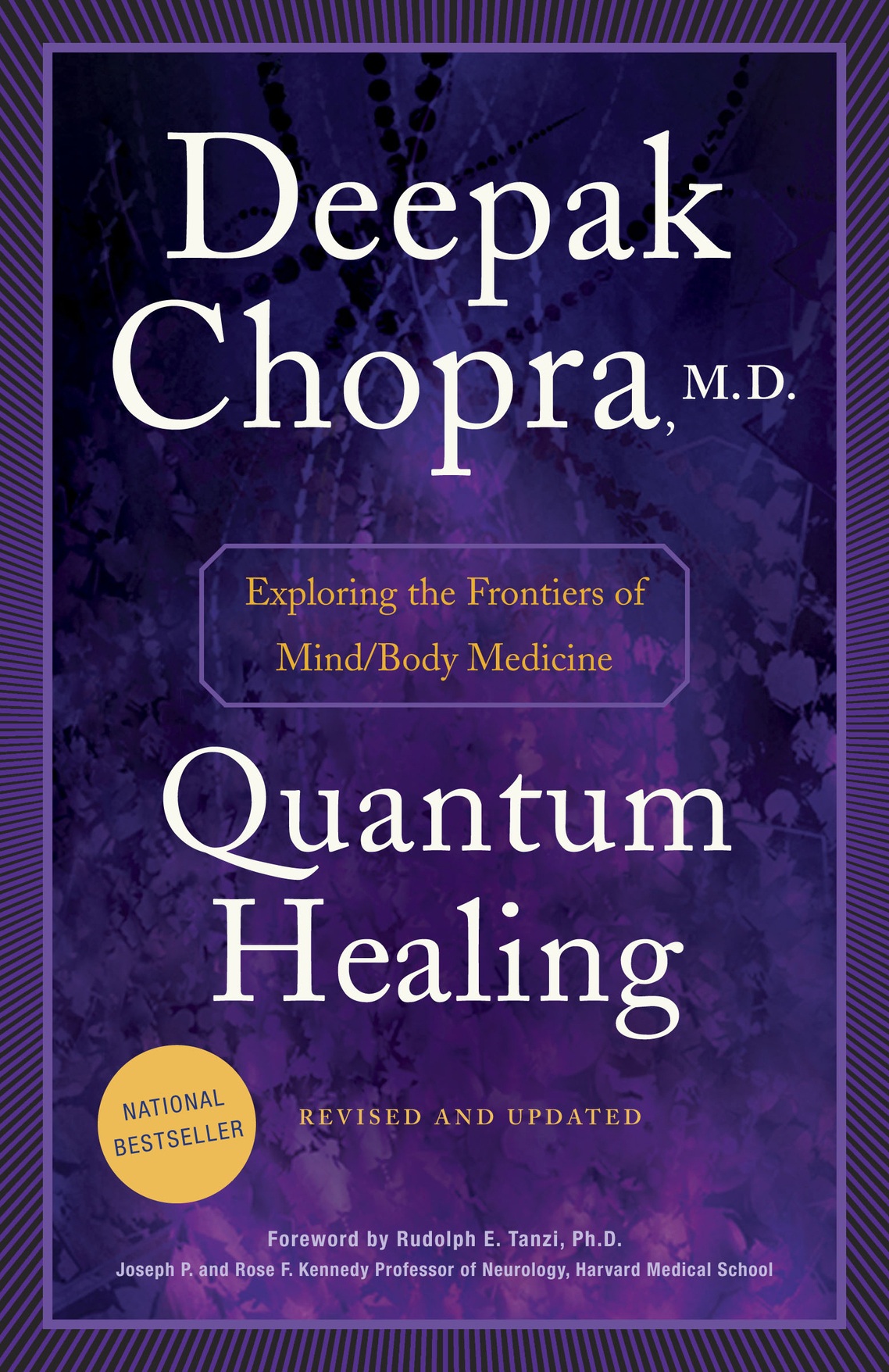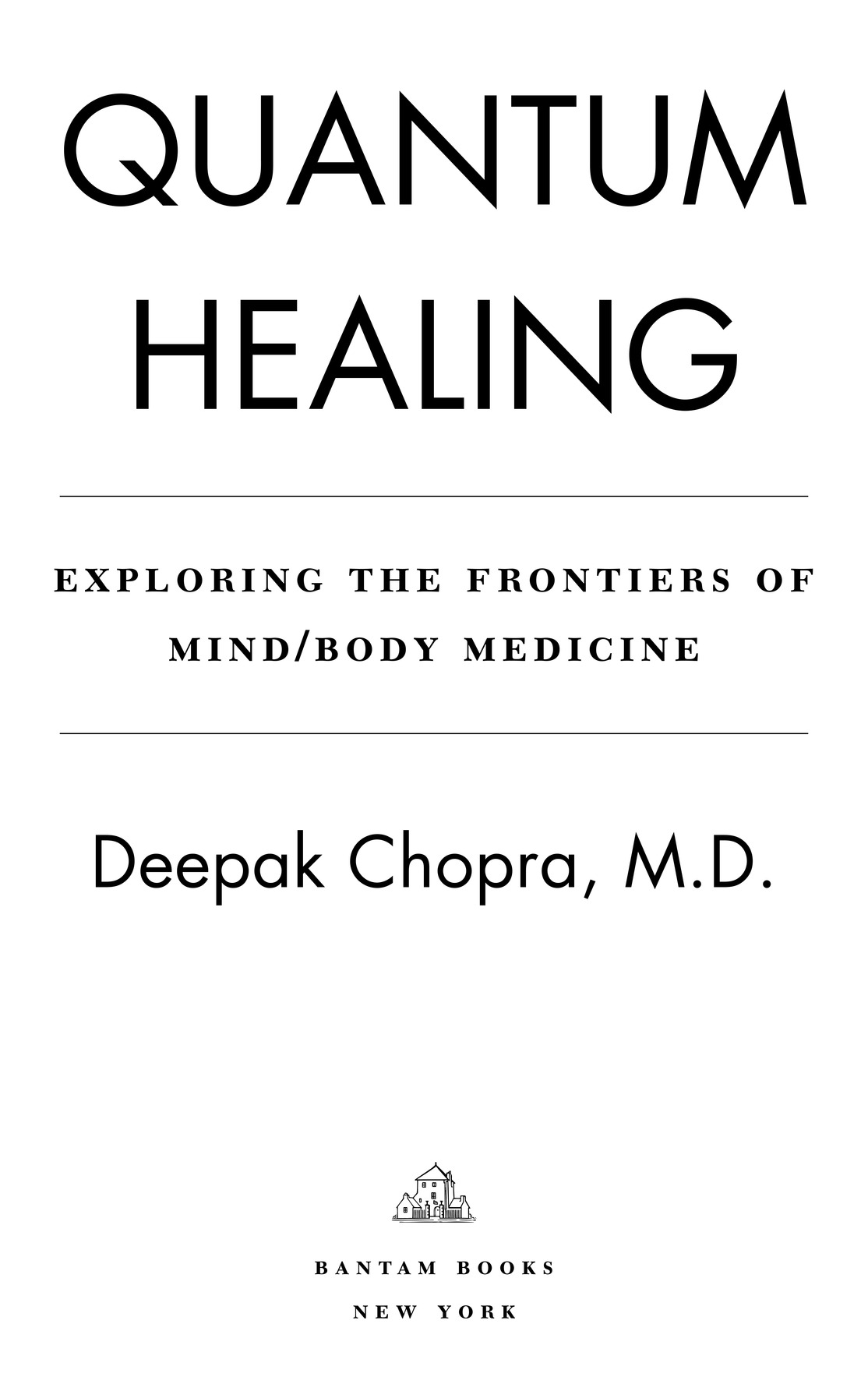In order to ensure the privacy of the patients mentioned in this book, their names, circumstances, and other identifying details have been changed.
Copyright 1989, 2015 by Deepak Chopra, M.D.
All rights reserved.
Published in the United States by Bantam Books, an imprint of Random House, a division of Penguin Random House LLC, New York.
B ANTAM B OOKS and the H OUSE colophon are registered trademarks of Penguin Random House LLC.
Originally published in hardcover in the United States by Bantam Books, an imprint of Random House, a division of Penguin Random House LLC, in 1989.
ISBN9781101884973
eBook ISBN9780804179980
randomhousebooks.com
Book design by Jo Anne Metsch, adapted for eBook
Cover design: Victoria Allen
Cover art: Francisco Javier Gomez Quesada
v4.1_r2
ep
Contents
Whenever the word quantumcomes up, the word physicsfollows automatically. This habit of mind made Quantum Healinga novel and provocative title in 1989, but its author, a curious-minded endocrinologist outside Boston, was implying a legitimate question. If every atom and molecule in the universe emerges from the quantum field, doesnt this mean that our bodies do, too? The answer is undoubtedly yes. In that case, we possess a quantum mechanical body. Dr. Deepak Chopra then reasoned that the mysteries of the human body, particularly the mystery of healing, are inevitably immersed in the quantum field.
Very few scientists were thinking that way almost thirty years ago. Medical schools approached the human body essentially as a machine subdivided into the working parts of a machineorgans, tissues, and cells. When the body broke down through illness, something material was at fault. Bacteria had entered to disrupt the mechanical operation of an organ, or a worn-out part had failed. An arthritic joint was considered similar to a tire with the tread wearing thin.
Modern scientific medicine goes into sophisticated detail, but in essence it embraces the two basic principles that bind all the sciences together: materialism and reductionism. Materialism holds that there must be a physical explanation for every phenomenon. Reductionism holds that complex problems can be broken down into smaller component parts, wherein lie all solutions and answers. Quantum Healingblew the whistle on both principles, not because they are inherently wrong, but because they left out some extremely important things, especially when it came to the human body.
Materialism left out the mind-body connection. Mind isnt material. Yet our thoughts cause our bodies to move, something we take for granted the minute we get out of bed in the morning but which stands as a great mystery. When you break the body down into organs, tissues, and cells, you cant find the slightest trace of a thought, and yet the mind must be related to the body. How?
Reductionism left out the holistic nature of the body. Trillions of cells cooperate to sustain one another, acting to preserve overall balance and health. Up to a quadrillion neural connections in the brain generate a microscopic electrical storm, and yet the result is organized thought, not a jumble of static. As skilled as medical science is at dissecting body and brain, it has little to say about the experience of life as a whole, yet that experience impinges directly on who gets sick and who stays well.
Deepak was not the first to see these flaws and omissions, but Quantum Healingwas very bold in becoming the first book to offer a path to new answers. He proposed that quantum physics describes an invisible domain from which mind and body both emerge and unite. Quantum Healingstruck a nerve by focusing on the most baffling phenomenon in medicine, spontaneous remission from cancer. How could the most intractable of diseases, the object of billion-dollar campaigns to find a cure, suddenly disappear from a patients body? Since oncology is a numbers game, it was easier simply to ignore these extraordinary cases as anomalies.


